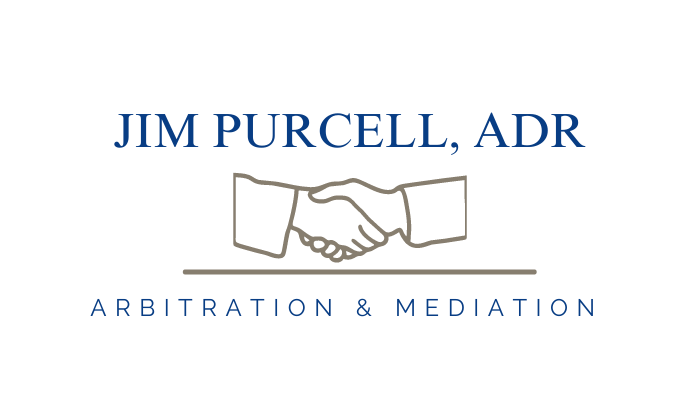“ACOs” (Accountable Care Organizations) are, broadly speaking, multi-disciplinary healthcare delivery systems that assume financial risk for healthcare outcomes.
ACOs are responsible for assigned populations. They provide a full spectrum of services, such as primary care, geriatrics, surgery, hospitalization and hospice, and are paid negotiated lump sums calculated pursuant to contractual formulas.
The idea of coordinated care is here to stay, particularly as a result of the Accountable Care Act (ACA) (the so called healthcare reform law). As a healthcare attorney, you’ll likely represent a small physician group, approached by a hospital system or a larger physician group, to discuss some form of alignment.
This type of case can take many forms, the most obvious being a merger or acquisition. In this case, you’ll likely be contacted by a managing group physician and asked for advice. Though the purely “legal” issues will be fairly obvious, there’s other work to be done.
Preparation Strategy #1: Physicians must do their homework
Physicians are more interested in providing patient care than attending to business. But, your client must understand what they can gain.
For instance, ACOs eliminate many burdens around technology, employee issues, overhead, malpractice insurance, communications, and other vexing matters that hinder physicians’ primary goal of providing care. ACOs can help physician firms achieve economies of scale, better address healthcare reform provisions and lend negotiating leverage as their practice grows.
This is their future. Your training can help them make the transition, but they cannot divorce themselves from the process. Encourage clients to talk with other physicians who’ve taken this path. Help them understand governance issues and list items that are negotiable and non-negotiable.
To avoid unpleasant outcomes, help physicians “scenario play,” working through possible outcomes to determine what’s acceptable and unacceptable. Issues that need to be explored with your client include:
-
Will they retain control over how they practice and what they earn?
-
What will that mean for their practices?
-
Who decides what gets paid and how lump sum fees are divided?
-
Who establishes and measures quality of care and outcomes?
-
Are there restrictions on where physicians can refer their patients?
-
What professional independence do they retain?
Preparation Strategy #2: Clients must learn everything they can about the other organization
A review of the organization’s financial and governance model is important. How are decisions made? Who decides who gets paid? Are they non profit or for profit, and what does that mean? Do they have a long term strategic plan? Are other acquisitions being considered? How do your clients fit into their long-term plan?
Because your clients will likely know other physicians or employees in the organization, encourage them to have lunch meetings and learn what’s good (and not so good) about the organization. Run searches to determine outstanding disputes, litigation, investigations, etc.
Preparation Strategy #3: Help your clients embrace their future
Help your clients envision various outcomes. What are the worst things that could happen, the likelihood they will happen? How unacceptable would they be? Once a the full spectrum of possibilities have been fleshed out and considered, these will likely will become negotiating items.
Finally, get physicians emotionally prepared for their new reality: the freedoms that came with solo practice will no longer exist.
The demands of modern technology alone make it almost impossible for doctors to practice solo or even in small groups. And with healthcare reform, the proliferation of ACOs and new payment modalities will make smaller physician practices obsolete.
Your physician clients must understand this, if they do not already.
I would be interested in additional strategies any of you might suggest.

